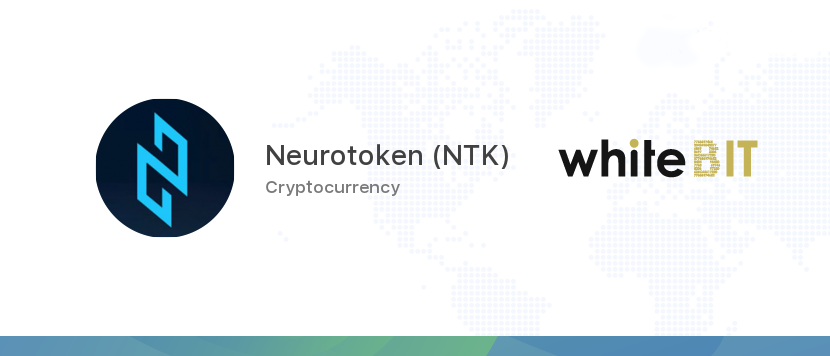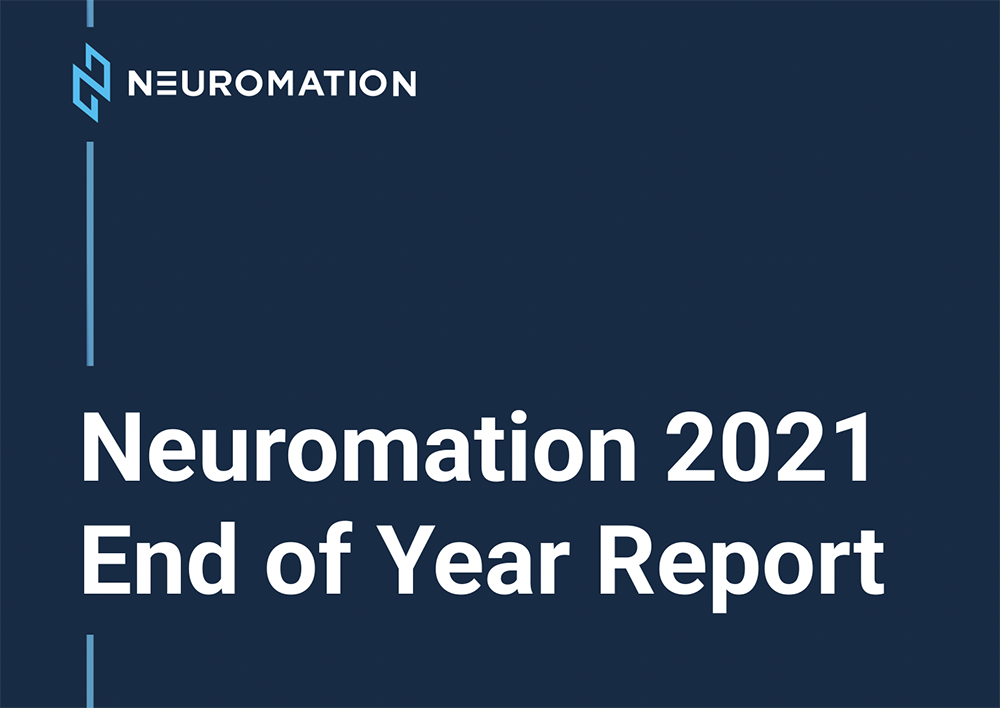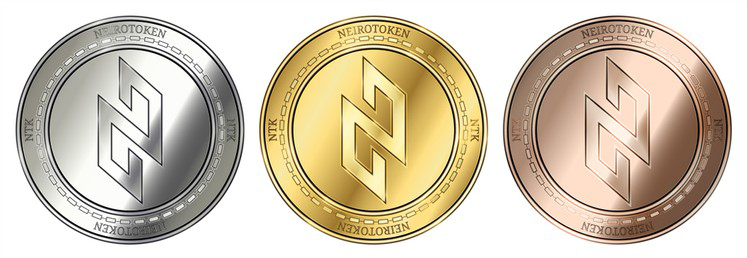
What separates AI leaders from AI laggers?
According to the State of AI report by McKinsey, top performers have higher digital budgets for AI tools plus they are more likely to have a standardized end-to-end machine learning platform in their core.
So if you are planning to join the leading pack in 2021, your toolkit may need an upgrade too.
What Are the Best AI Tools?
It depends on your project goals, setup, and team size.
But if you are looking for some good add-ons to your toolkit, we’ve evaluated the 5 best AI tools and platforms for 2021.
1. Tensorflow
Tensorflow by Google is one of the most popular open-source machine learning libraries, recently upgraded to an end-to-end machine learning platform.
Versatile, open-source, JavaScript- and Python-friendly this ML framework is equally well-suited for simple ML experiments and more complex model deployments to production.
Key features:
- Provides libraries, frameworks, notebooks, and high-level APIs for building and training ML and DL models of varying complexity.
- Supports cloud, on-premises, in-browser, and edge machine learning model deployments.
- Offers a platform for supporting the complete machine learning model lifecycle — from data prep to training, validation, and deployments.
- Tons of free learning resources — tutorials, datasets, libraries, and extensions.
2. Keras
Keras is the go-to AI and DL tool for Python developers. It is the most widely used deep learning framework among the top-5 winning teams on Kaggle and among scientific institutions such as CERN and NASA.
Built atop of TensorFlow 2.0. (and compatible with Theano), Keras is a great tool for speeding up model development and training. Since it relies on the same Python code to run on CPU/GPU, the framework can be easily extended and scaled to support various deployments.
Key features:
- Minimalistic: offers consistent and simple APIs for common use cases to minimize development time and complexity.
- Supports multi-GPU and distributed deployments, so that you can run your experiments on large scale GPU clusters or TPU mods.
- Can be easily extended and integrated with other AI/ML tools such as TF Model Optimization Toolkit, TensorFlow Addons, and more.
3. PyTorch
Once a simple Python library, PyTorch is now a comprehensive machine learning platform with an ecosystem of tools and frameworks.
Preferred by research teams from Facebook (creators), Salesforce, and Stanford University among others, PyTorch relies on Torch library, Caffe 2, an evolved Torch CUDA back end, and Python as its scripting language. This combo makes PyTorch a good choice for building and training complex neural networks.
Key features:
- Top usability: Provides a consistent user interface, and relies on Python programming language.
- Has an ecosystem of tools, frameworks, and libraries – from model performance optimization to retraining and deployment pipelines.
- Interoperability: you can integrate PyTorch with external libraries or replace any PyTorch components with alternatives.
4. Neu.ro
For those on the lookout for a more hassle-free, consider Neu.ro — an MLOps platform, stitched together based on your needs and managed by a remote team of ML experts.
Neu.ro helps you assemble a custom ML development environment using all your favorite tools, frameworks, and libraries. What you get in return is a ready-to-use machine learning platform (with GPU included) that supports the complete machine learning life cycle.
Key features:
- Based on your specs, an ML team sets up and managed your ML/DL infrastructure.
- No restrictions on the toolkit. Use any tools you’d like — open source or proprietary — without the configuration hassle.
- Custom pipelines and workflows made to suit your project needs and goals.
- Ongoing maintenance and infrastructure support are part of the monthly package.
5. H2O Platform
H2O offers a mix of business-oriented AI tools and products to support an array of ML use cases — from fraud detection to supply chain optimization.
Arguably their most popular offering is the open-source, enterprise-grade H2O ML platform that comes pre-packaged with popular ML algorithms, deep learning models, hyperparameter optimization tool, and machine learning workflow automation. Supports models written in Python & R. Plus allows building simple no-code models, using a graphical notebook based UI.
Key features:
- Offers pre-made supervised and unsupervised algorithms
- High performance: features distributed in-memory processing
- Simple to set up data ingestions from popular databases and data storages including HDFS, Spark, and Azure Data Lake among others.
TLDs: Best AI Tools for 2021
- Tensorflow: Best for — AI enthusiasts and small-to-mid-sized ML projects.
- Keras: Best for — Python fans and anyone looking for a minimalistic, yet effective ML/DL API.
- PyTorch: Best for — data scientists who prioritize customization and extensibility.
- Neu.ro: Best for — growing ML teams who need robust ML infrastructure, but don’t have time for setup and management.
- H2O: Best for — mid-to-enterprised sized clients, wishing to speed up time-to-market for ML projects.





